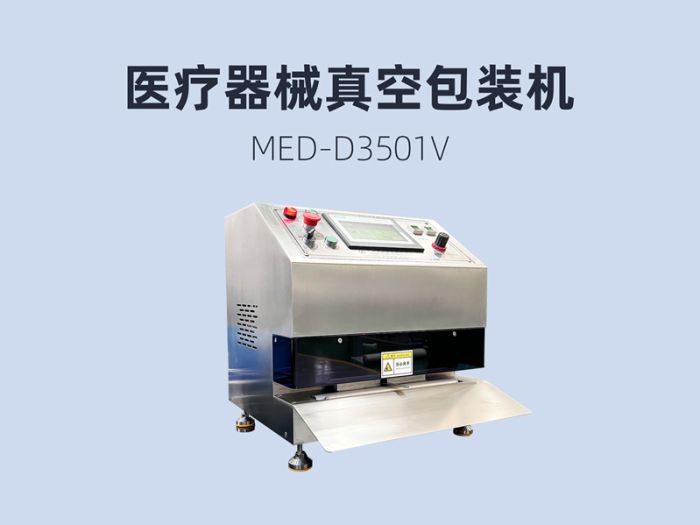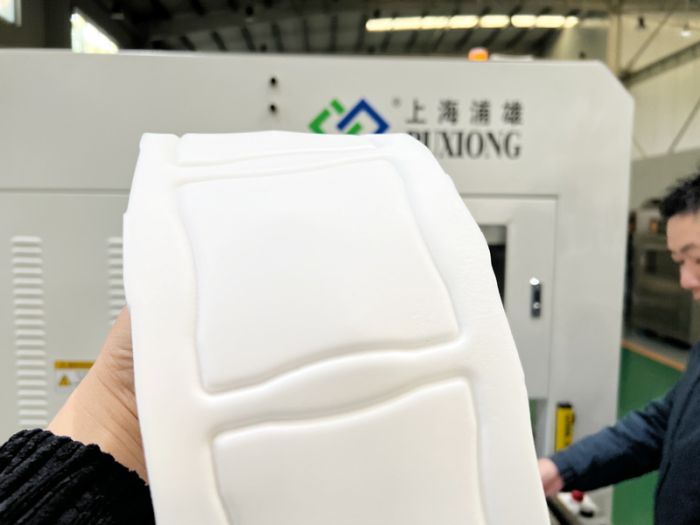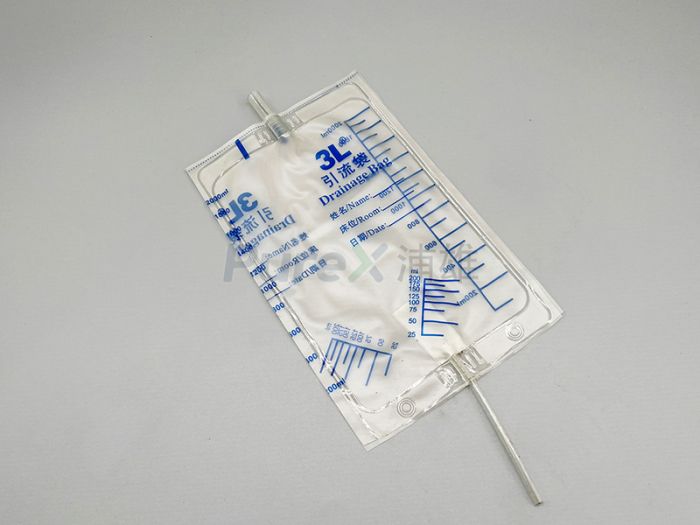Precautions for high frequency welding machine in TPU soft plastic welding in the medical field
When using a high-frequency welding machine to weld TPU soft plastic in the medical field, the following matters need to be noted to ensure welding quality and safety:
Ⅰ. Equipment preparation and inspection
1.Grounding protection: The high-frequency welding machine must be equipped with a good grounding protection terminal to ensure the safe operation of the equipment and prevent accidents such as electric shock.
2.Equipment environment: Place the high-frequency welding machine in an appropriate working space to avoid adverse effects such as moisture and dust. At the same time, the equipment should be kept away from other machines or heat sources that generate high heat to prevent overheating damage to key components such as vacuum tubes.
3.Preheating and inspection: Before each startup, it is necessary to wait for a period of time for the vacuum tube to preheat to protect its service life. At the same time, the insulation and workpieces between the upper and lower extremes (upper and lower molds) of the equipment should be checked regularly to ensure that they are intact.
Ⅱ. Material preparation and pretreatment
1.Material selection: Ensure that the composition, thickness and welding requirements of the TPU soft plastic material match the parameters of the high-frequency welding machine.
2.Surface cleaning: Before welding, the welding part of the TPU material should be thoroughly cleaned to remove impurities such as oil, dust, etc. to ensure the welding quality.
3.Avoid moisture and dust: TPU materials should try to avoid moisture and dust, because these substances are easy to cause sparks and affect the welding quality.
Ⅲ. Welding parameter setting
1.Amplitude and frequency: According to the characteristics of TPU material and welding requirements, the amplitude and frequency of the high-frequency welding machine should be set reasonably. The choice of amplitude and frequency will directly affect the strength and speed of welding.
2.Welding time: The length of welding time should be determined according to the thickness of TPU material and welding requirements. Too long welding time may cause the material to overheat, deform or even burn, while too short welding time may not form a firm weld joint.
3.Pressure control: During the welding process, appropriate pressure needs to be applied to ensure that the TPU material can be in close contact and form a firm weld joint. The size of the pressure should be determined according to the characteristics of the material and welding requirements.
Ⅳ. Operation precautions
1.Avoid direct contact with the electrode: During high-frequency welding, do not touch the upper electrode output end of the machine (i.e. the upper mold of the welding machine) directly with your hands to prevent electric shock or burns.
2.Regularly check the insulating material: During use, regularly check whether the insulating material of the lower extreme (lower mold) is intact. Once the insulating material is found to be damaged, burned or broken down, it should be replaced immediately to prevent sparks and electric shock accidents.
3.Pay attention to sparks and ignition: During the welding process, if there are frequent sparks or ignition, the machine should be stopped immediately to check the cause. It may be caused by uneven materials, damaged insulating materials or improper welding parameter settings.
Ⅴ. Post-welding treatment and inspection
1..Cooling and curing: After welding, the TPU material should be fully cooled and cured to ensure the strength and stability of the welded joint.
2.Appearance inspection: Perform an appearance inspection on the welding part to ensure that the welded joint is flat, smooth, free of defects such as cracks and bubbles.
3.Performance test: According to the requirements of the medical field, the performance of the welded TPU material is tested, such as tensile strength, tear strength, sealing and other indicators.
When welding TPU soft plastics in the medical field, high-frequency welding machines need to pay attention to equipment preparation and inspection, material preparation and pretreatment, welding parameter settings, operating precautions, and post-welding treatment and inspection. Only by strictly following these precautions and operating procedures can the quality and safety of welding be ensured.



